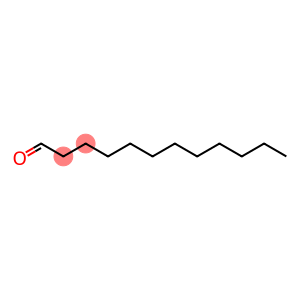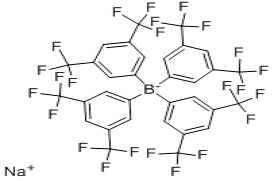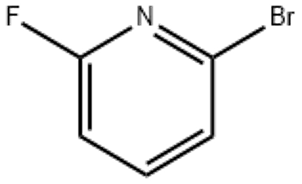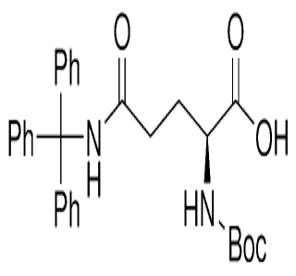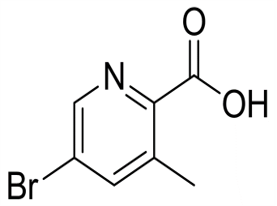Epichlorohydrin(CAS#106-89-8)
| Hazard Symbols | T – Toxic |
| Risk Codes | R45 – May cause cancer R10 – Flammable R23/24/25 – Toxic by inhalation, in contact with skin and if swallowed. R34 – Causes burns R43 – May cause sensitization by skin contact |
| Safety Description | S53 – Avoid exposure – obtain special instructions before use. S45 – In case of accident or if you feel unwell, seek medical advice immediately (show the label whenever possible.) |
| UN IDs | UN 2023 6.1/PG 2 |
| WGK Germany | 3 |
| RTECS | TX4900000 |
| TSCA | Yes |
| HS Code | 2910 30 00 |
| Hazard Class | 6.1 |
| Packing Group | II |
| Toxicity | LD50 orally in rats: 0.09 g/kg (Smyth, Carpenter) |
Introduction
Epichlorohydrin. It has a volatile, flammable, and pungent odor. The following is an introduction to the properties, uses, preparation methods and safety information of epichlorohydrin: Properties: 1. Epichlorohydrin is a highly reactive compound that can react with many compounds with SN2 substitution. 2. It is a volatile substance, which is in a liquid state at room temperature. 3. It is a highly flammable substance that can be burned explosively. Uses: 1. Epichlorohydrin is mainly used as an intermediate in organic synthesis. 2. It is highly reactive, epichlorohydrin is also often used in cross-linking reaction of synthetic materials to improve their properties, such as improving the heat resistance and mechanical properties of plastics. 3. Epichlorohydrin can also be used as surface treatment agent, herbicide and disinfectant. Method: The preparation of epichlorohydrin is usually obtained by reacting propylene with chlorine gas under light. Safety information: 1. Epichlorohydrin is a hazardous chemical, and attention should be paid to the safety issues during storage and operation. 2. It has the property of irritating the eyes, skin and respiratory tract, and should be rinsed with plenty of water immediately after contact. 3. Epichlorohydrin is highly flammable, avoid contact with fire sources or high temperatures, so as not to cause fire or explosion. 4. Wear appropriate protective equipment, such as gloves, goggles and protective clothing. 5. During operation, please ensure that there is a good ventilation system to avoid inhaling toxic gases.



